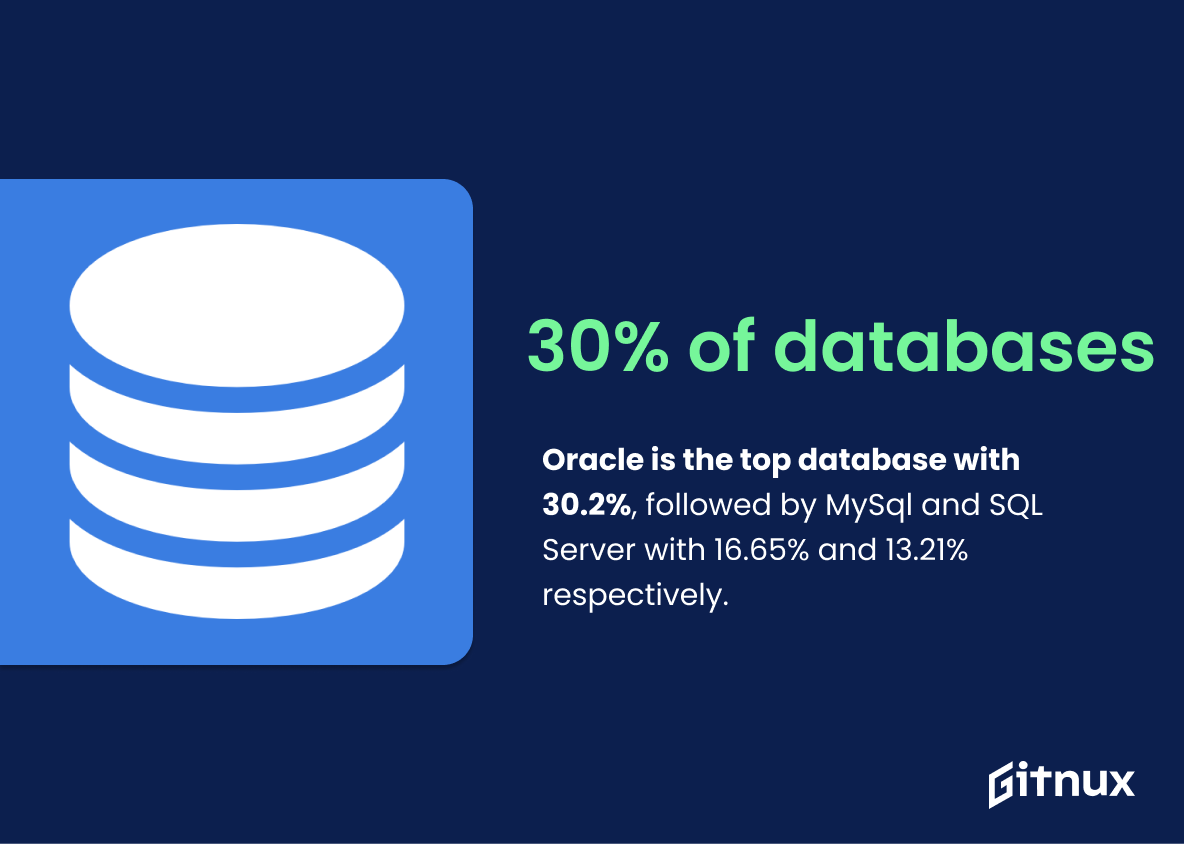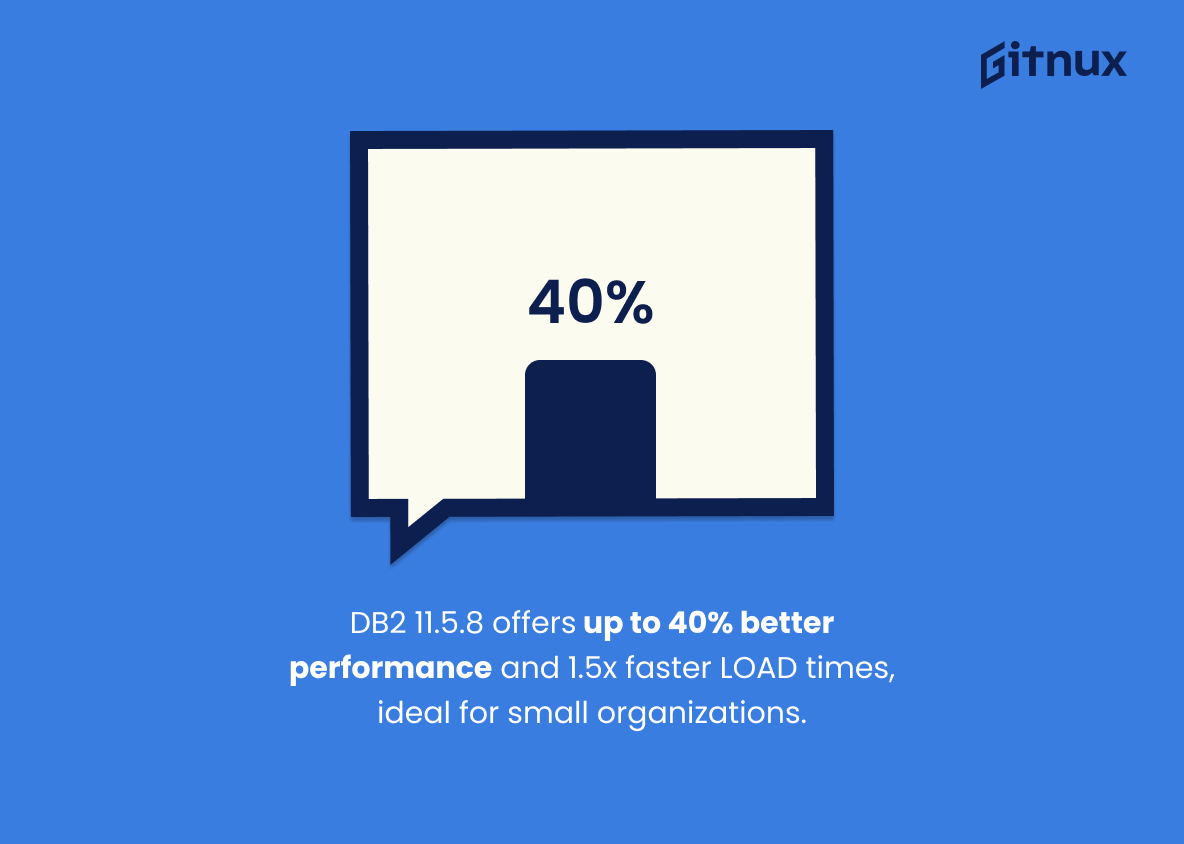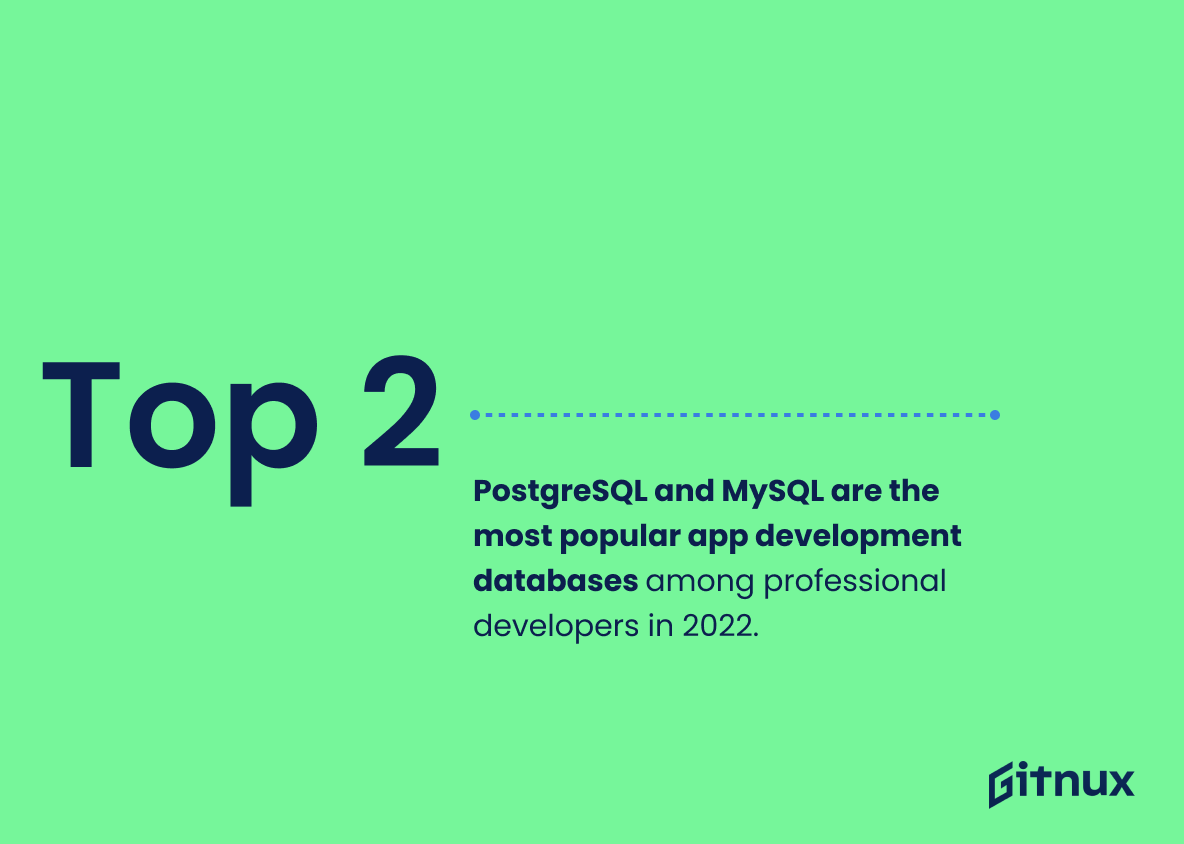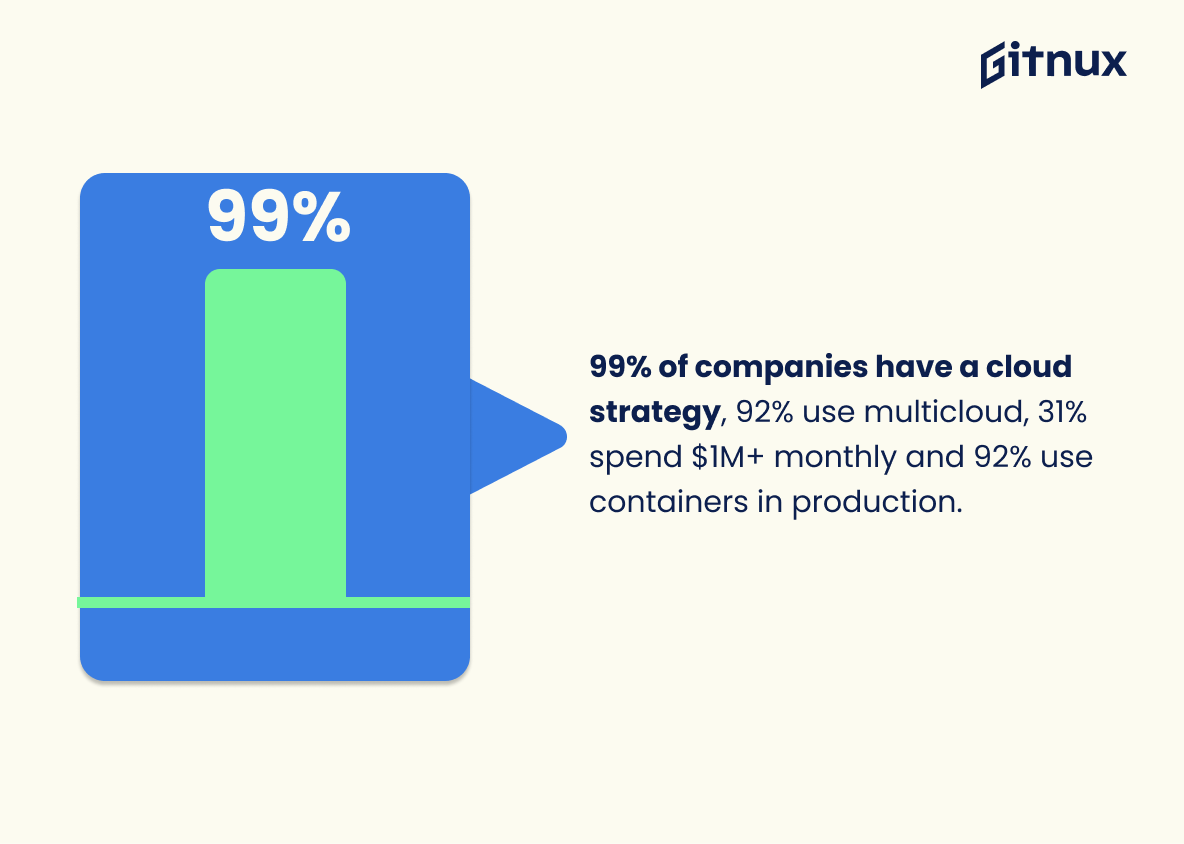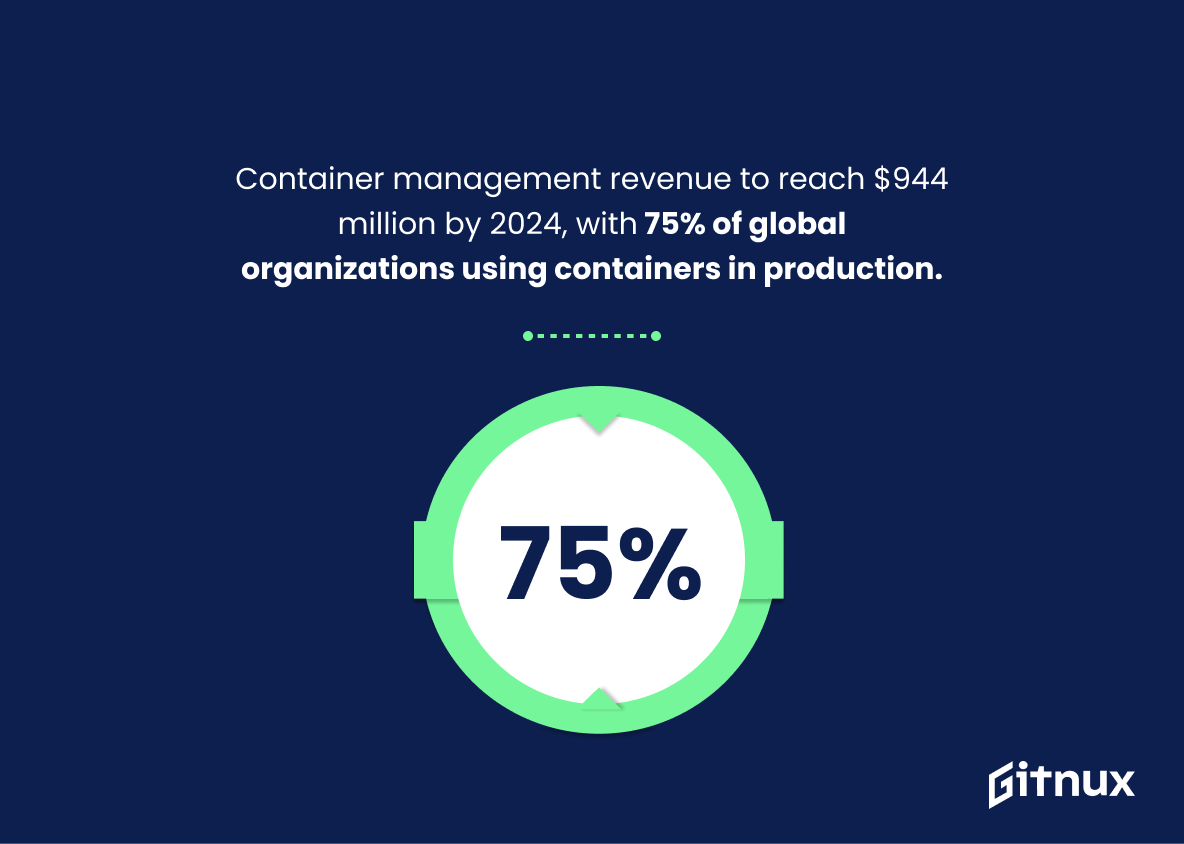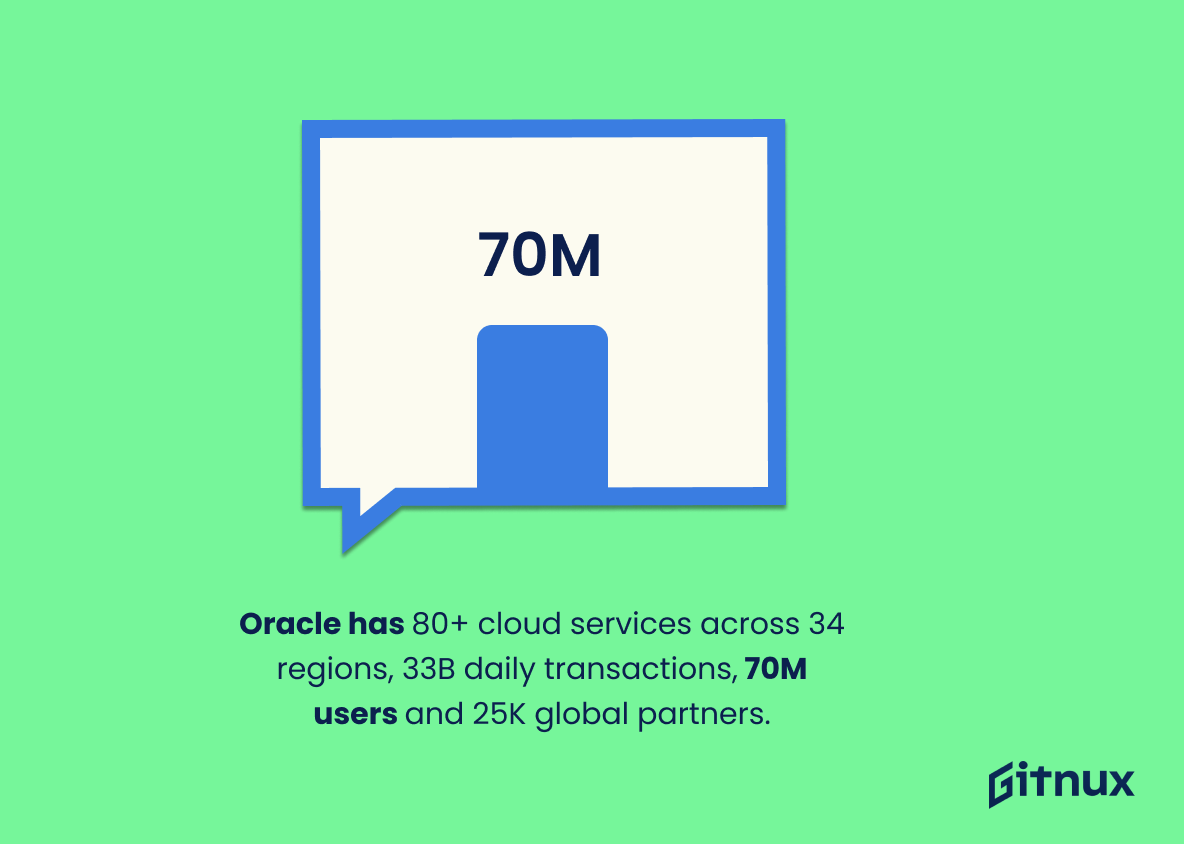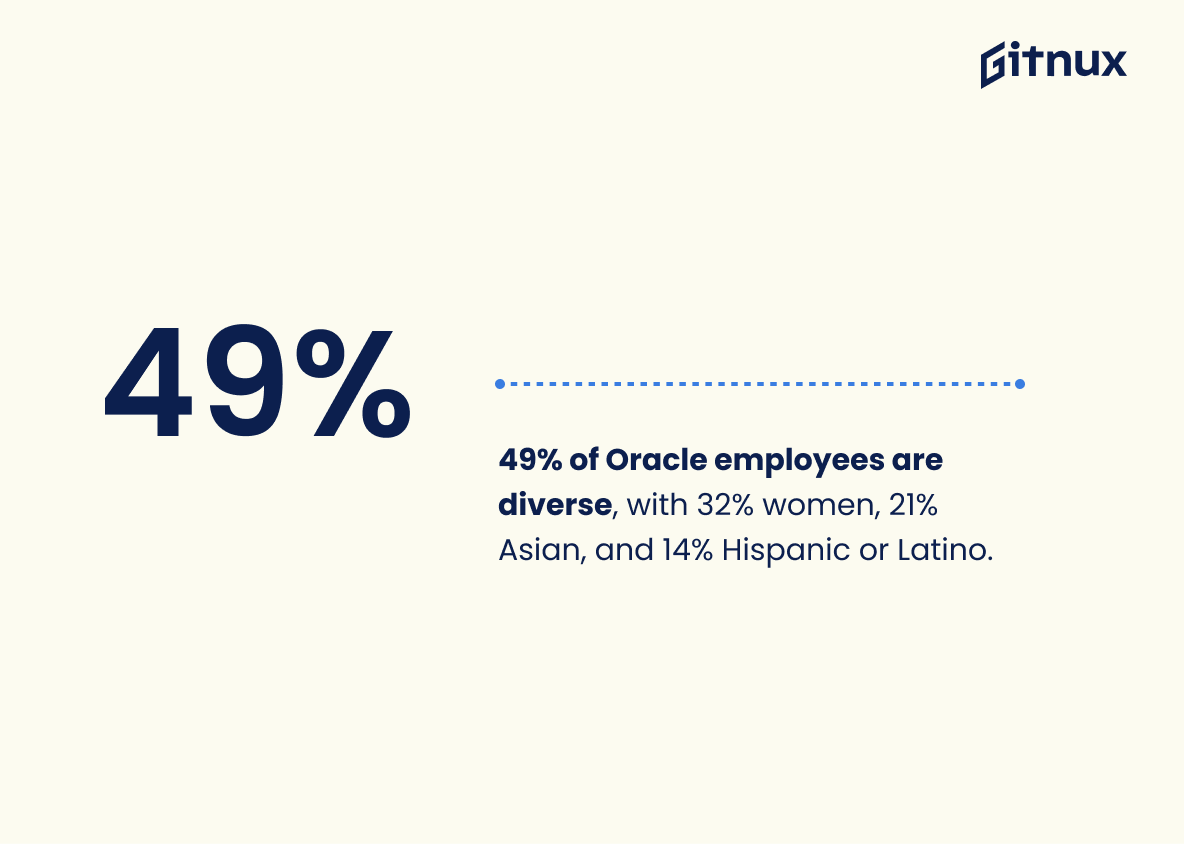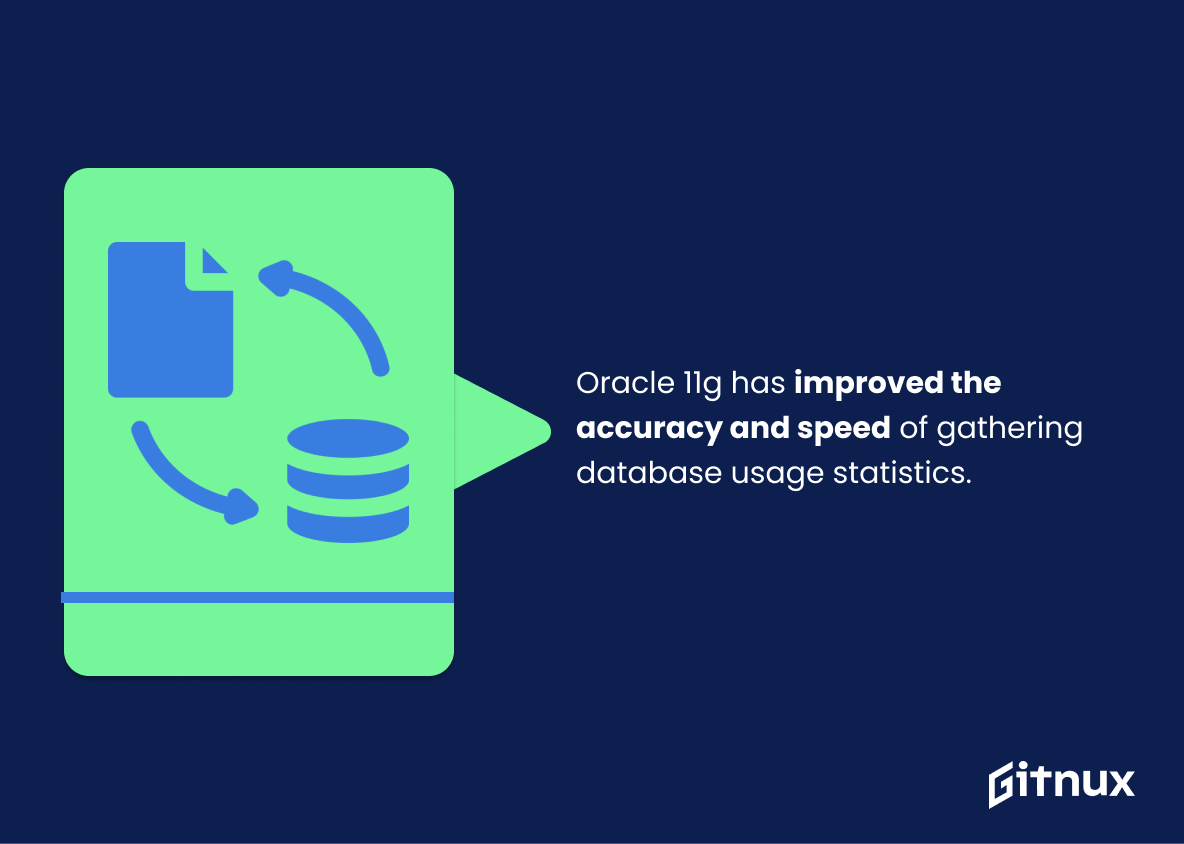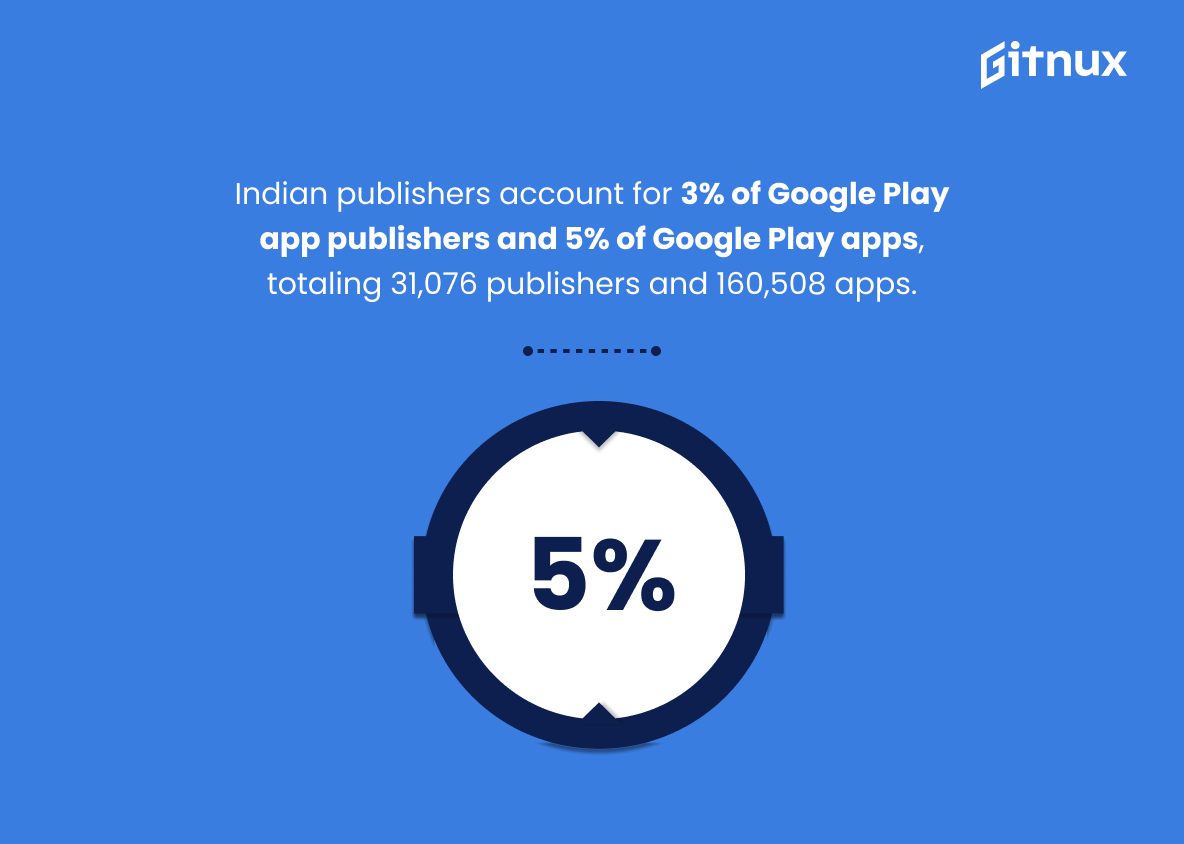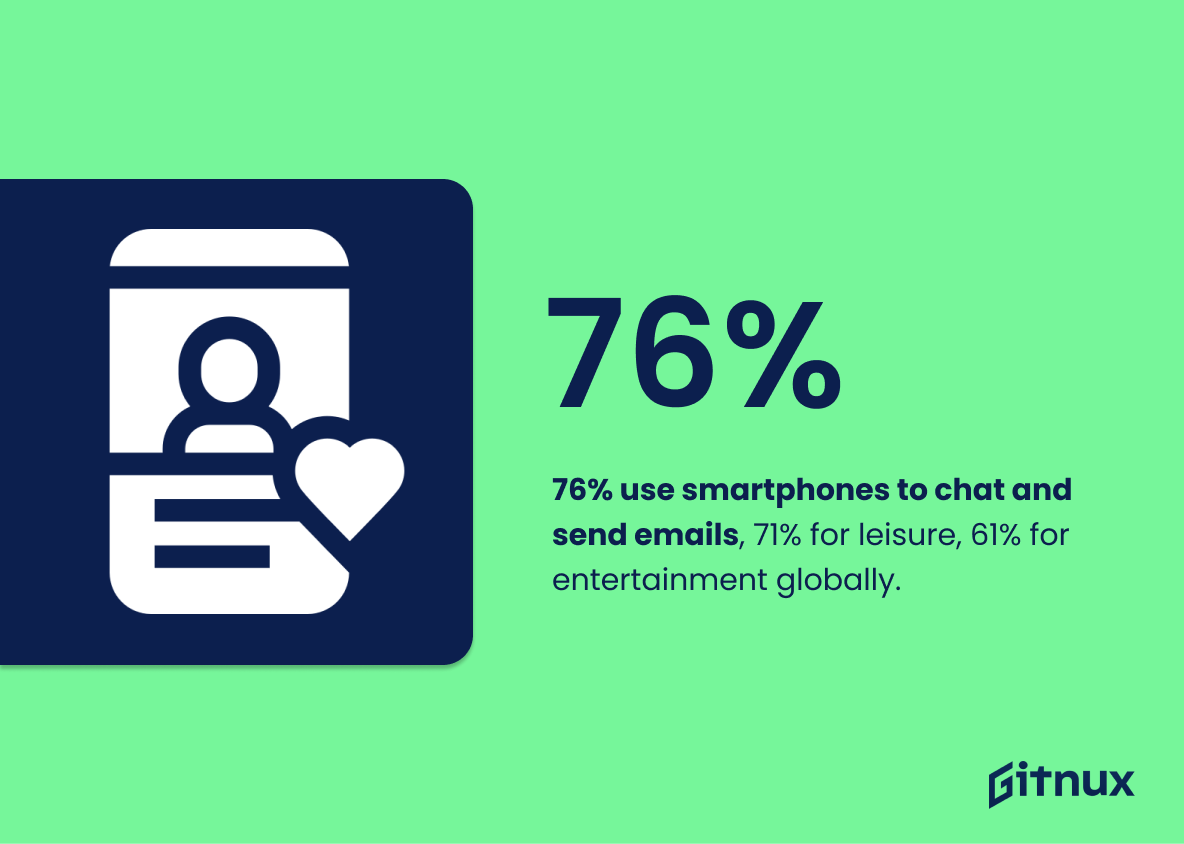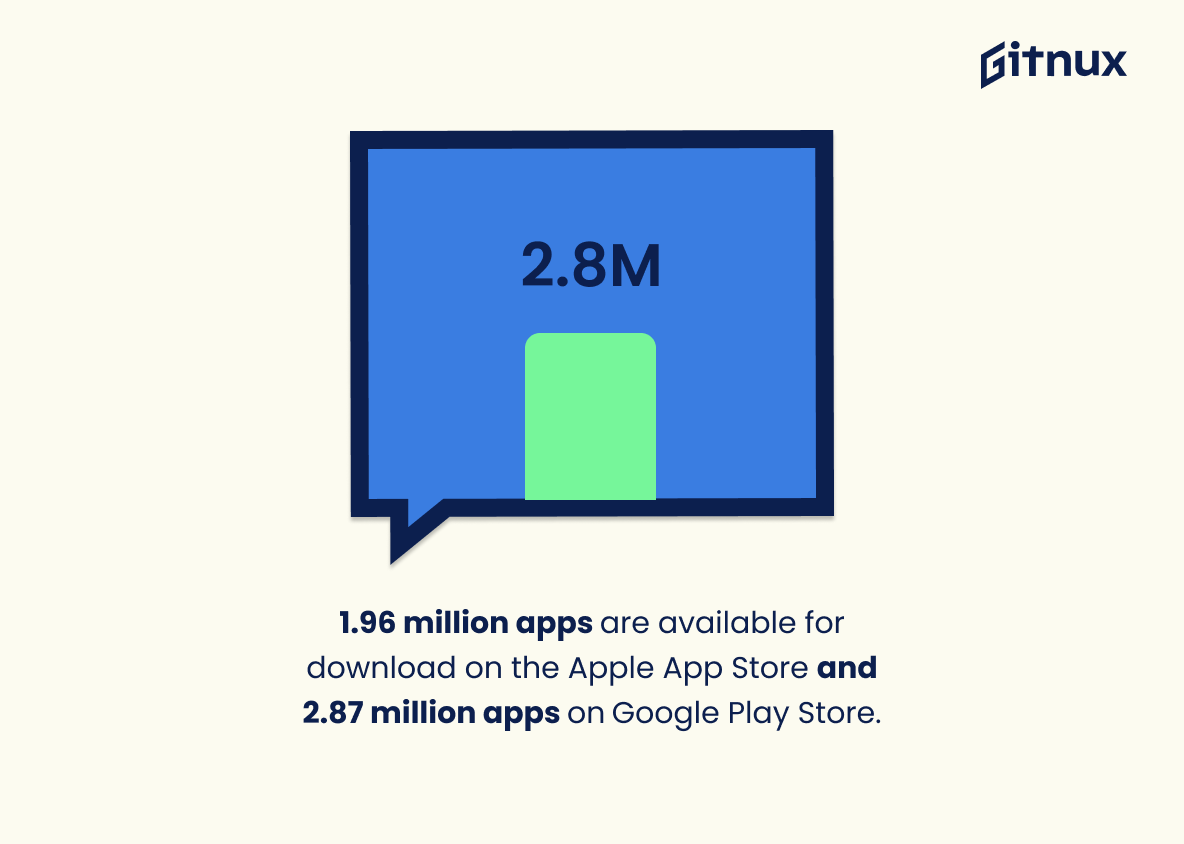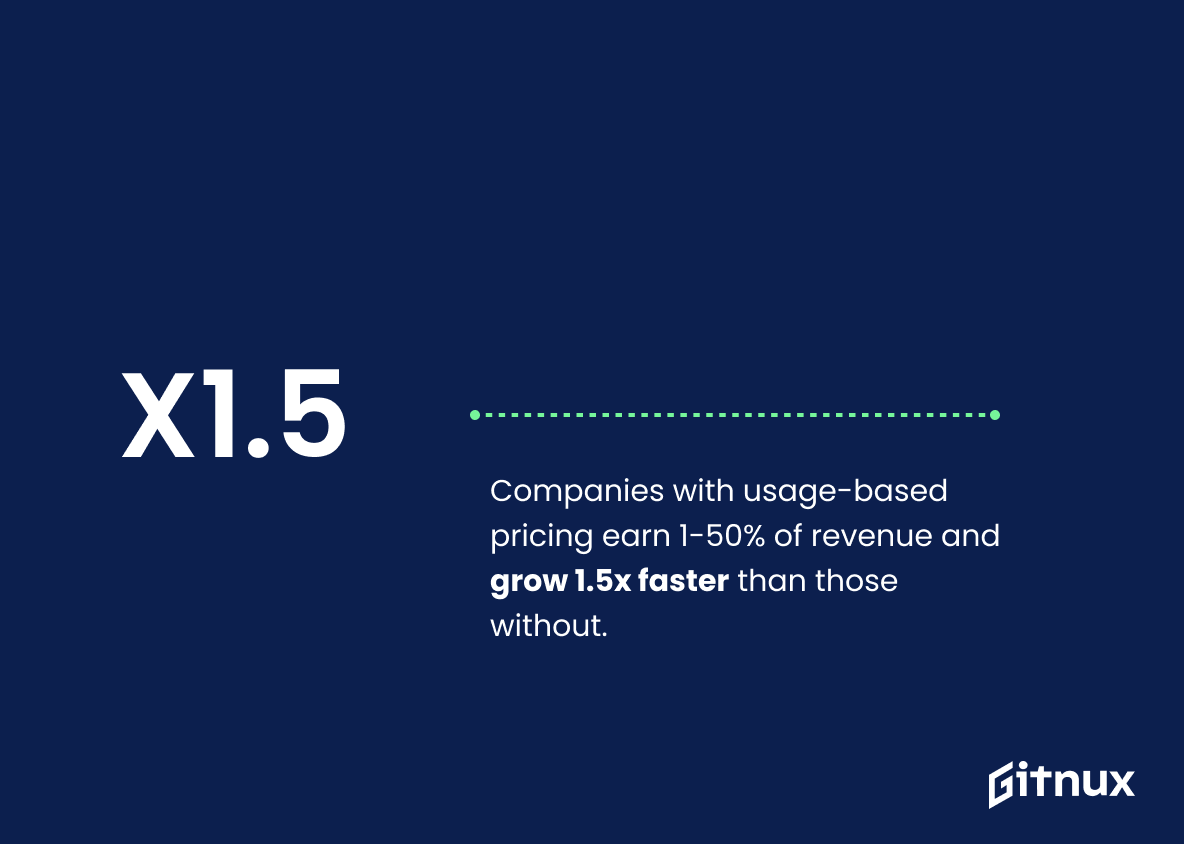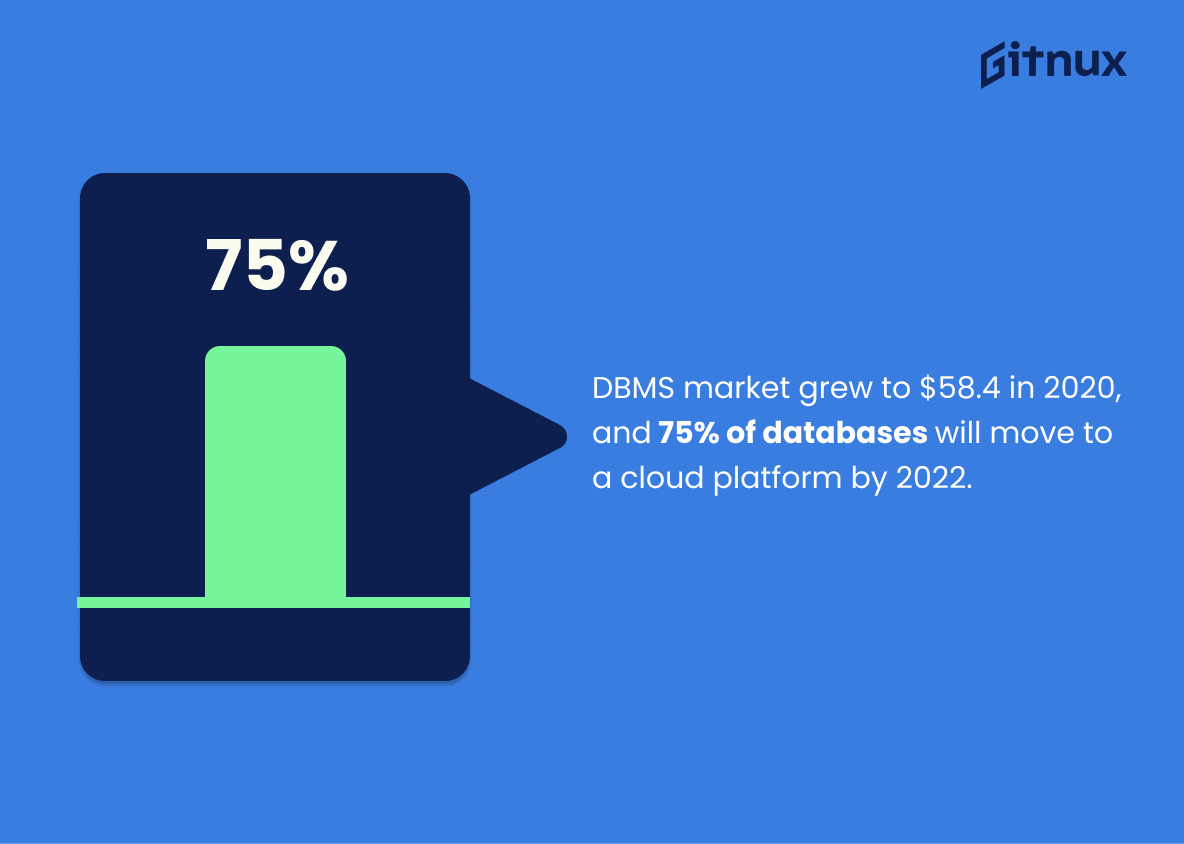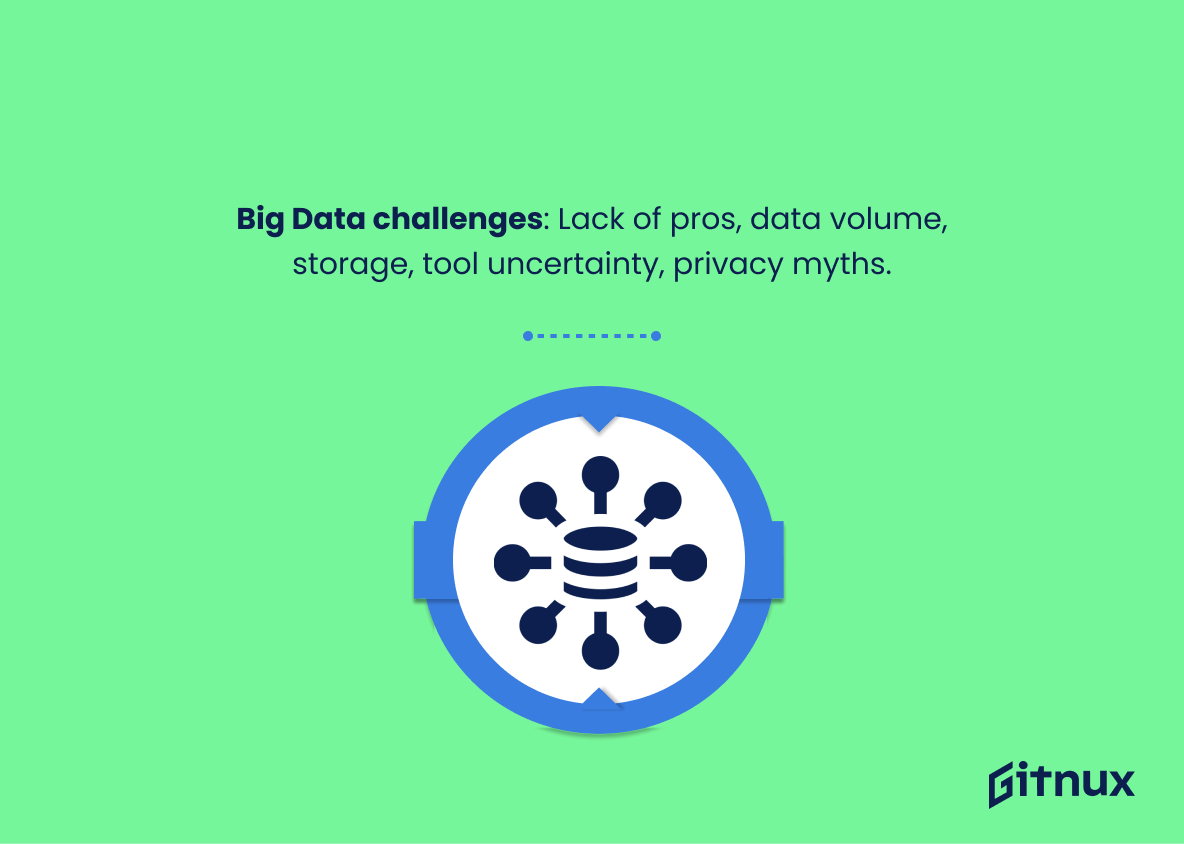Database usage statistics are an important tool for understanding how people interact with databases. They provide valuable insights into how databases are used, how they are accessed, and what types of data are being stored.
By understanding these statistics, businesses and organizations can make better decisions about how to optimize their databases for maximum efficiency and performance. In this article, we will explore the different types of database usage statistics, how they can be used, and the benefits they can provide.
Database Usage: The Most Important Statistics
The Asia-Pacific container security market is expected to grow at a CAGR of 24.9%, generating a revenue of $1,936.1 million by 2028.
Indian publishers make up 3% of all app publishers on Google Play and 5% of all apps on Google Play, with more than 31,076 publishers and 160,508 apps respectively.
Database Usage: Statistics Overview
Oracle is the top database with 30.2% of the total, followed by MySql and SQL Server with 16.65% and 13.21% respectively.
These three databases make up over 62% of the total. This matters because it shows the dominance of Oracle, MySql and SQL Server in the world of databases, and that they are still in the top positions despite losing some percentage value.
DB2 11.5.8 is a cloud-first release with performance increases of up to 40% and 1.5x improvement in LOAD times, making it an excellent choice for individuals and small organizations.
This matters in the context of Database Usage Statistics because it shows that there are multiple options available, including free ones, that can meet the needs of individuals and small organizations. This makes it easier for them to find a database management tool that fits their criteria and budget.
PostgreSQL and MySQL are the most popular app development databases among professional developers in 2022.
This statistic is important because it provides insight into the most popular databases that web and application development companies should utilize in 2022. Knowing which databases are the most popular among professional developers can help these companies make informed decisions when developing mobile apps, allowing them to stay competitive in the market.
99% of companies now have a cloud adoption strategy, with 92% opting for a multicloud option and 31% spending at least $1 million a month on cloud services. Half of all workloads are now in the cloud, and 92% of the global cloud user community is using containers in production.
It shows the increasing trend of companies investing in cloud-based services and container technologies, which are essential for database usage.
Container management revenue is expected to grow significantly from $465.8 million in 2020 to $944 million in 2024. By 2022, 75% of global organizations will be running containerized applications in production, and by 2024, 15% of enterprise applications will run in a container environment.
This growth in container usage is important for database usage statistics as it indicates an increasing demand for efficient and secure data management solutions.
The Asia-Pacific container security market is expected to grow at a CAGR of 24.9%, generating a revenue of $1,936.1 million by 2028.
This growth is driven by the increasing number of industries and technological advancements in the region. This matters in the context of Database Usage Statistics because container security is an important factor in ensuring the safety and reliability of databases. As the Asia-Pacific region continues to grow, it is important to ensure that security measures are in place to protect the data stored in databases.
Oracle has grown exponentially since its initial public offering in 1980, offering more than 80 cloud infrastructure services in 34 regions, processing 33 billion transactions daily, and having more than 70 million users and 25,000 partners around the world.
This shows the indicative of the increasing demand for database usage and the success of Oracle in meeting that demand.
Oracle employees are diverse, with 32% women, 51% white, 21% Asian, and 14% Hispanic or Latino, making up 49% of the total employees.
Oracle is committed to diversity and inclusion, which can lead to better products and services that are more accessible to a wider range of people.
Oracle 11g has improved the accuracy and speed of gathering database usage statistics, and the default settings are satisfactory for most tables.
This matters as it allows for more accurate and efficient gathering of data, making it easier to analyze and optimize database usage.
Indian publishers make up 3% of all app publishers on Google Play and 5% of all apps on Google Play, with more than 31,076 publishers and 160,508 apps respectively.
This is important in the context of Database Usage Statistics because it provides an insight into the India Android app market, and can help inform decisions about which apps to use or develop.
76% and 71% of global respondents use their smartphones for chatting and sending emails, while 61% use them for entertainment and leisure activities.
Mobile phones are becoming increasingly popular for communication and entertainment purposes, which means that databases must be optimized to support these activities.
This is especially important for businesses that rely on mobile technology, as they must ensure their databases are able to support the increased usage.
Mobile app usage is on the rise, with 1.96 million and 2.87 million apps available for download on the Apple App Store and Google Play Store, respectively, and 21% of Millennials and 49% of people opening an app 11+ times per day.
This is significant for database usage statistics as it shows that mobile apps are a key part of digital media and are expected to generate over $935 billion in revenue in 2023.
Subscription-based companies with usage-based pricing make up 1-50% of their overall revenue and grow 1.5 times faster than companies without usage-based pricing.
Usage-based pricing can be a beneficial strategy for subscription-based companies.
By understanding their usage data and implementing usage-based pricing, companies can accelerate their invoicing, improve customer experiences, identify revenue, and reduce hardware and operational running costs. This can help them to grow faster and become more successful.
The Database Management System (DBMS) market grew to 58.4 billion U.S. dollars in 2020, and Gartner predicts that 75% of all databases will be migrated to a cloud platform by 2022.
This is important because data management is a top priority for companies wanting to stay competitive, and failing to protect data can lead to security breaches with huge financial and reputational losses.
The challenges of Big Data usage include scarcity of professionals, difficulty understanding the amount of data available, storage issues, uncertainty with tools, and myths and realities of data privacy.
These challenges matter because they can impede the adoption of Big Data, making it difficult to utilize the potential of the data.
Conclusion
In conclusion, database usage statistics are a valuable tool for businesses and organizations to track their data usage and performance. By understanding the usage patterns of their databases, businesses can make informed decisions about how to optimize their databases for maximum efficiency and performance.
Database usage statistics can also help businesses identify areas of improvement and identify potential problems before they become serious. With the right tools and data, businesses can use database usage statistics to make better decisions and improve their overall performance.
References
1 – https://statisticsanddata.org/data/the-most-popular-databases-2006-2021/
2 – https://www.keycdn.com/blog/popular-databases
3 – https://positiwise.com/blog/6-most-trending-databases-used-in-2022-for-application-development-developers-survey/
4 – https://thenewstack.io/databases-finally-get-containerized/
5 – https://www.gartner.com/en/newsroom/press-releases/2020-06-25-gartner-forecasts-strong-revenue-growth-for-global-co
6 – https://www.researchdive.com/5392/container-security-market
7 – https://www.enterpriseappstoday.com/stats/oracle-statistics.html
8 – https://thrivemyway.com/oracle-stats/
9 – https://oracle-base.com/articles/misc/cost-based-optimizer-and-database-statistics
10 – https://42matters.com/india-app-market-statistics
11 – https://www.statista.com/topics/1002/mobile-app-usage/#topicOverview
12 – https://buildfire.com/app-statistics/
13 – https://www.digitalroute.com/blog/6-data-challenges-in-usage-based-services-that-every-business-must-know/
14 – https://www.adservio.fr/post/database-management-challenges
15 – https://enteriscloud.com/top-5-big-data-challenges-and-how-you-can-address-them/
ZipDo, cited June 2023: Database Usage Statistics
